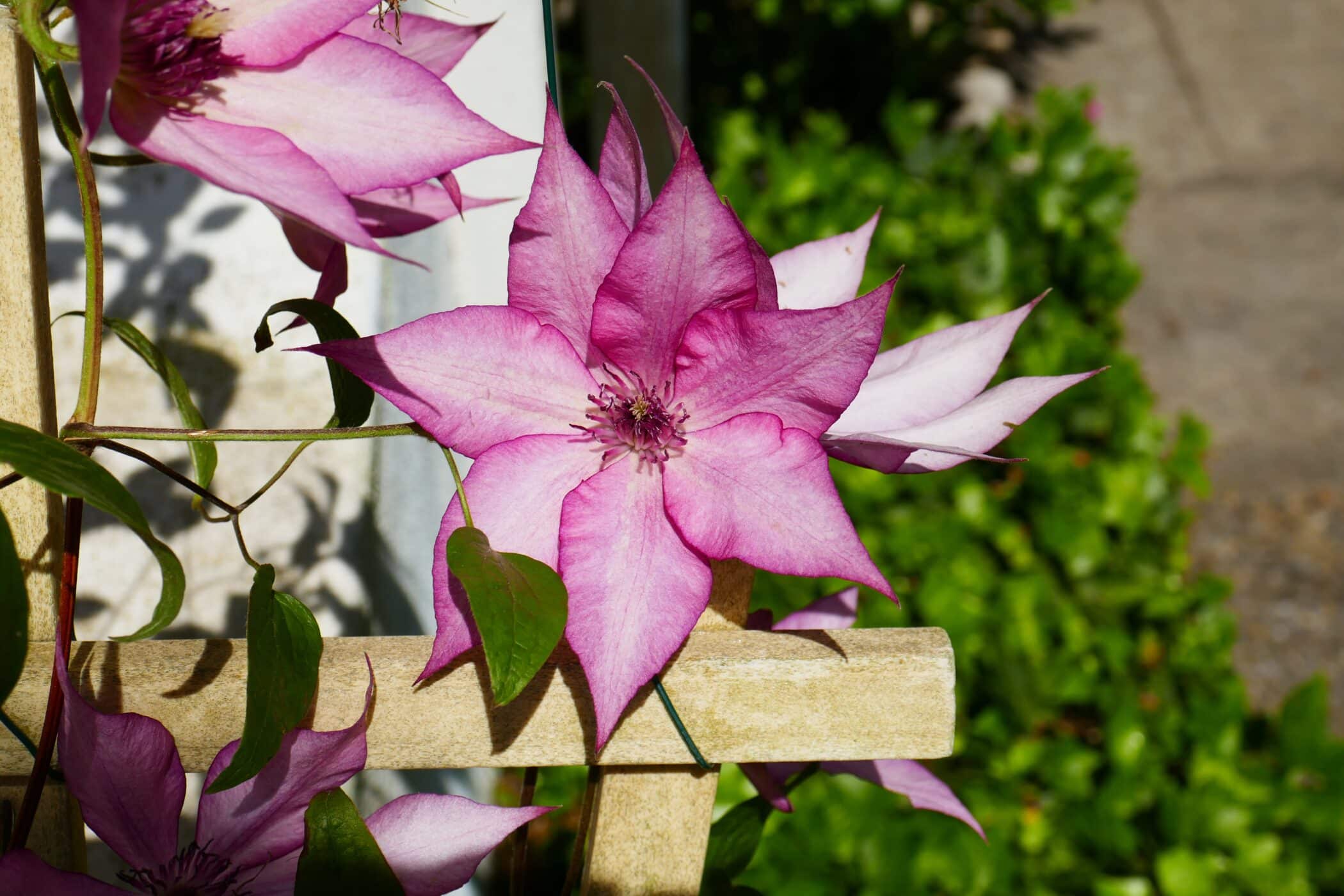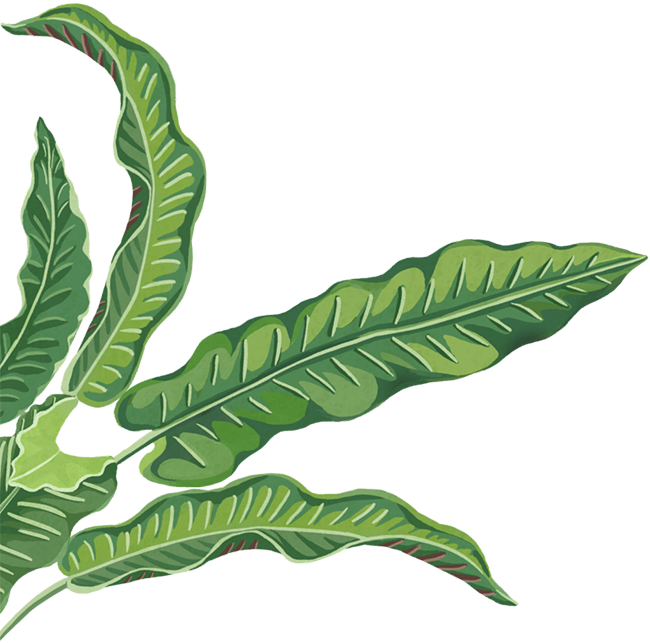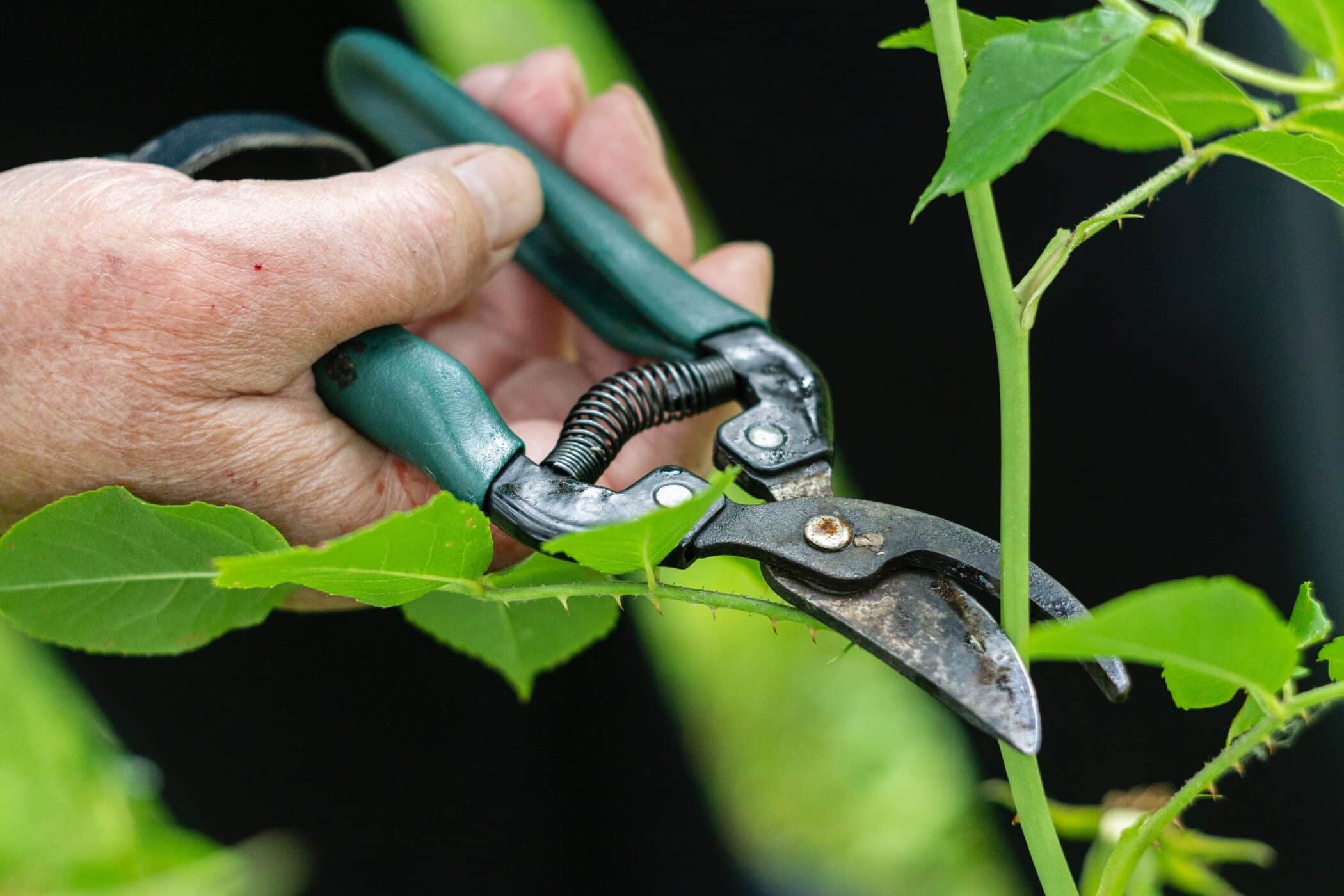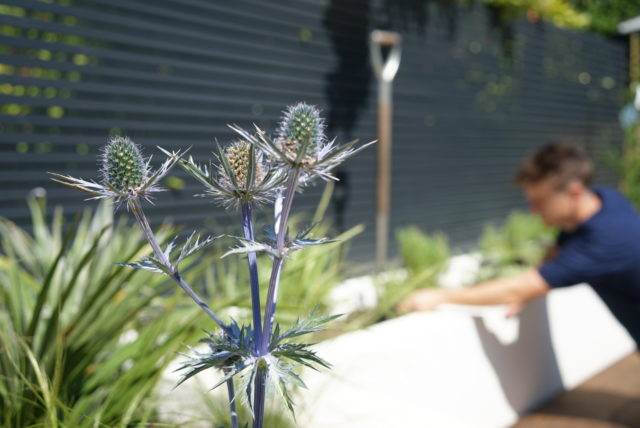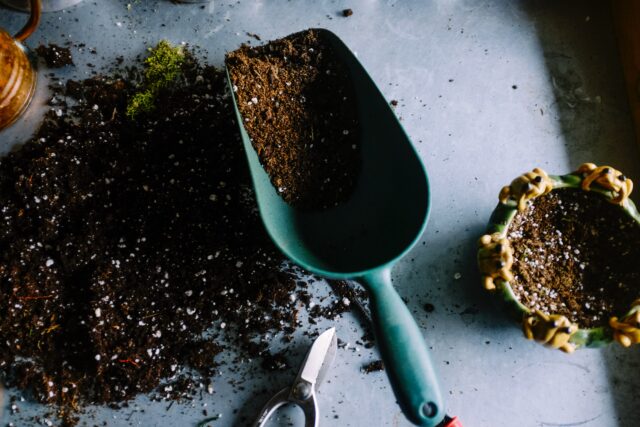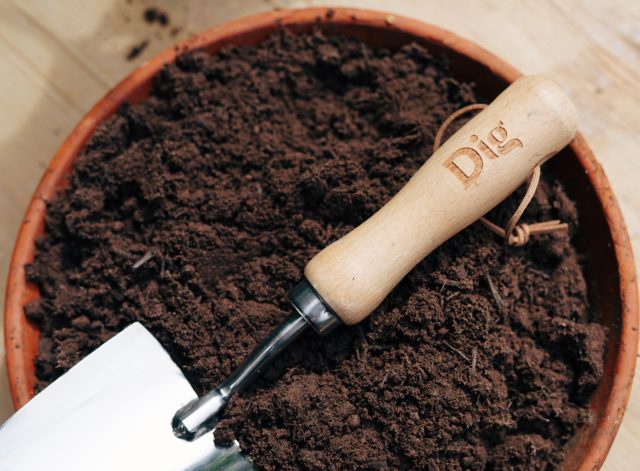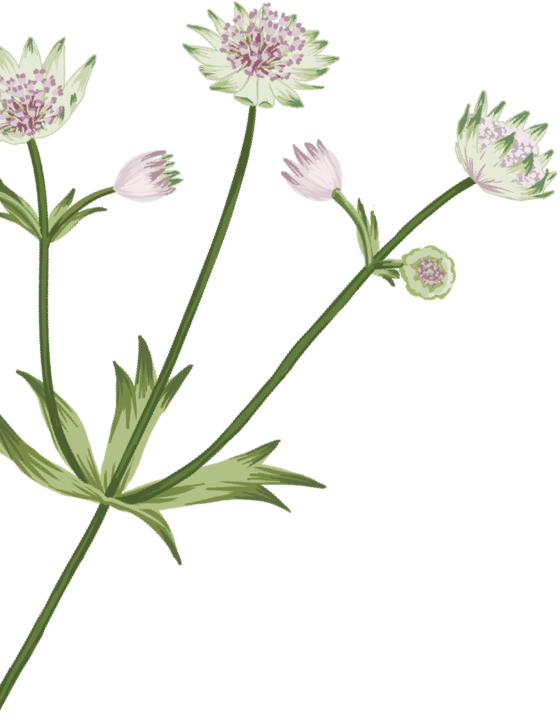First things first, tools. To do almost all pruning in your garden you will need the following:
- Secateurs
- A pruning saw
- Loppers with long handles
The majority of pruning you’ll be doing will require secateurs – especially in a newly planted garden before anything becomes too big. (Ensure to keep your secateurs well-oiled, clean and sharp to avoid damaging your plant or spreading disease!)
Basic principles for most pruning jobs
Use the right tool for the job
From your selection of tools, it will be clear which to use with what pruning job. Bigger, thicker branches will need a saw, smaller branches will need a secateur or even some garden snips. Long-handled loppers will allow you to access harder to reach high-up branches.
Watch out for buds
Many pruning jobs will be on plants beginning to sprout new buds for new growth. To ensure the plant can continue to grow healthily, prune just above these buds (no more than half a centimetre above them) being careful not to damage the bud itself. Long, leftover bits of branch above a bud can encourage what’s known as die-back – essentially when illness or disease travels back down a rotting length of branch into the healthy part of the plant
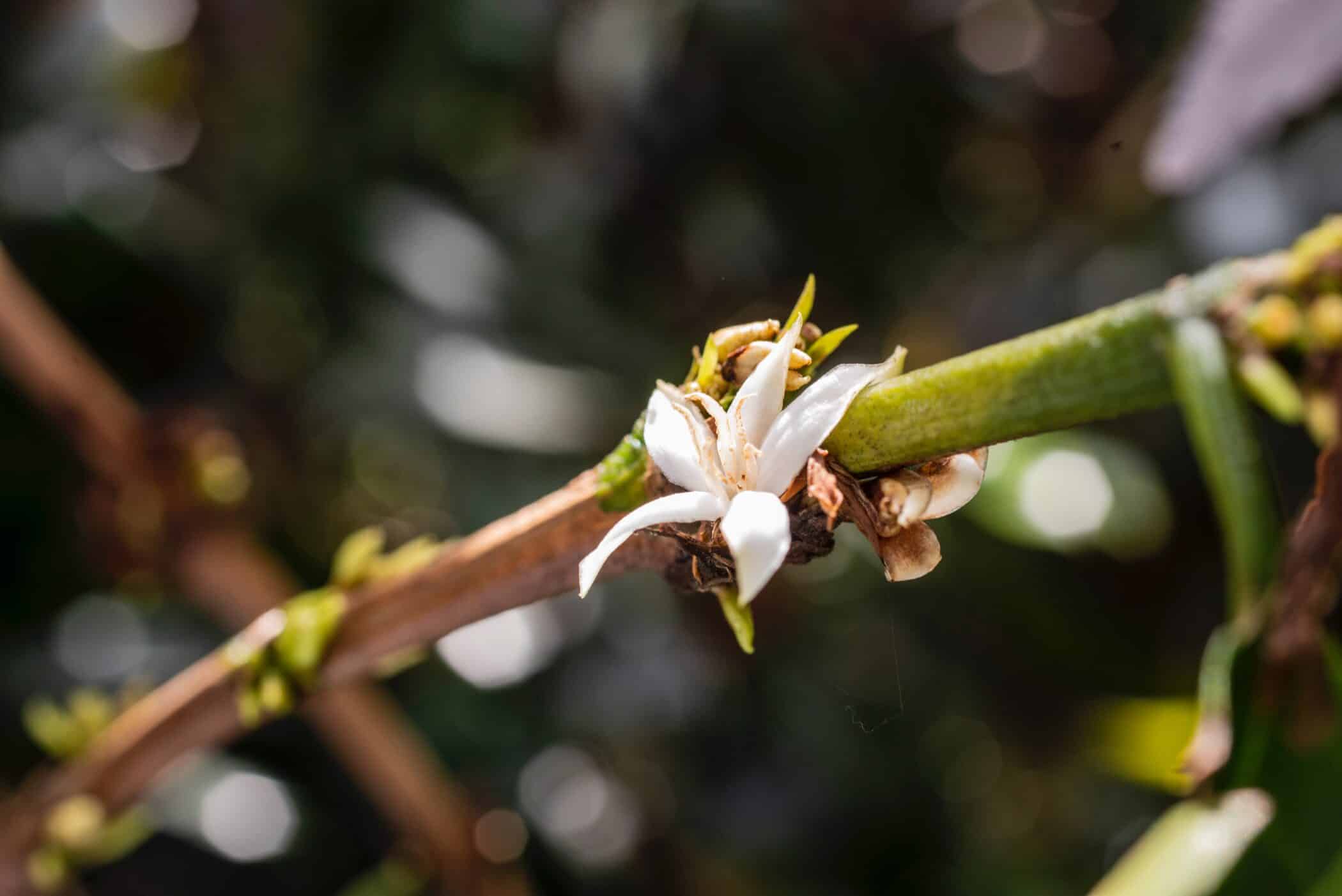
Remove dead or old wood
If your plant is a few years old, there may well be old wood left over from previous prunings at the base of the plant. It’s completely fine to clip this away. Your loppers will make this job much easier, especially if the wood is thick and you don’t want to bend down!
Avoid rubbing
If you noticed that two branches are rubbing together on a shrub, remove one of them so as to avoid rubbing that could expose weaker parts of the plant and allow disease into the healthy matter.
Some plants to consider pruning at this time of year…
Perennials
Perennials are plants that live for longer than two years and which have less ‘woody’ growth in contrast to a tree or a shrub. They are not demanding plants, but trimming them back after flowering finishes in autumn helps improve their appearance and flowering for the following year. It’s important to prune back tougher varieties like lavender, rosemary and sage to retain their shape and reduce the amount of long woody stems becoming long and spindly from the base over time. Now is a great time to do this.
That being said, we also recommend leaving some stems over winter to provide homes and food for wildlife, trimming them back in spring.
Fruit trees
The best time to prune fruit trees is late winter into early spring when it will least affect winter hardiness and tree health. Summer pruning in late July or August is another time when pruning can be performed, but severe pruning at this time will risk weakening the tree. You can prune apple and pear trees, gooseberries and currant bushes (leaving fruit here and there where possible for wildlife). Remove dead or rubbing branches, shorten some of the new growth and try to keep a relatively ‘open centre’ to the tree or bush. This means pruning in such a way that the inner branches don’t become a dense tangle but leave lots of light and air into the middle of the plant to encourage better fruit production.
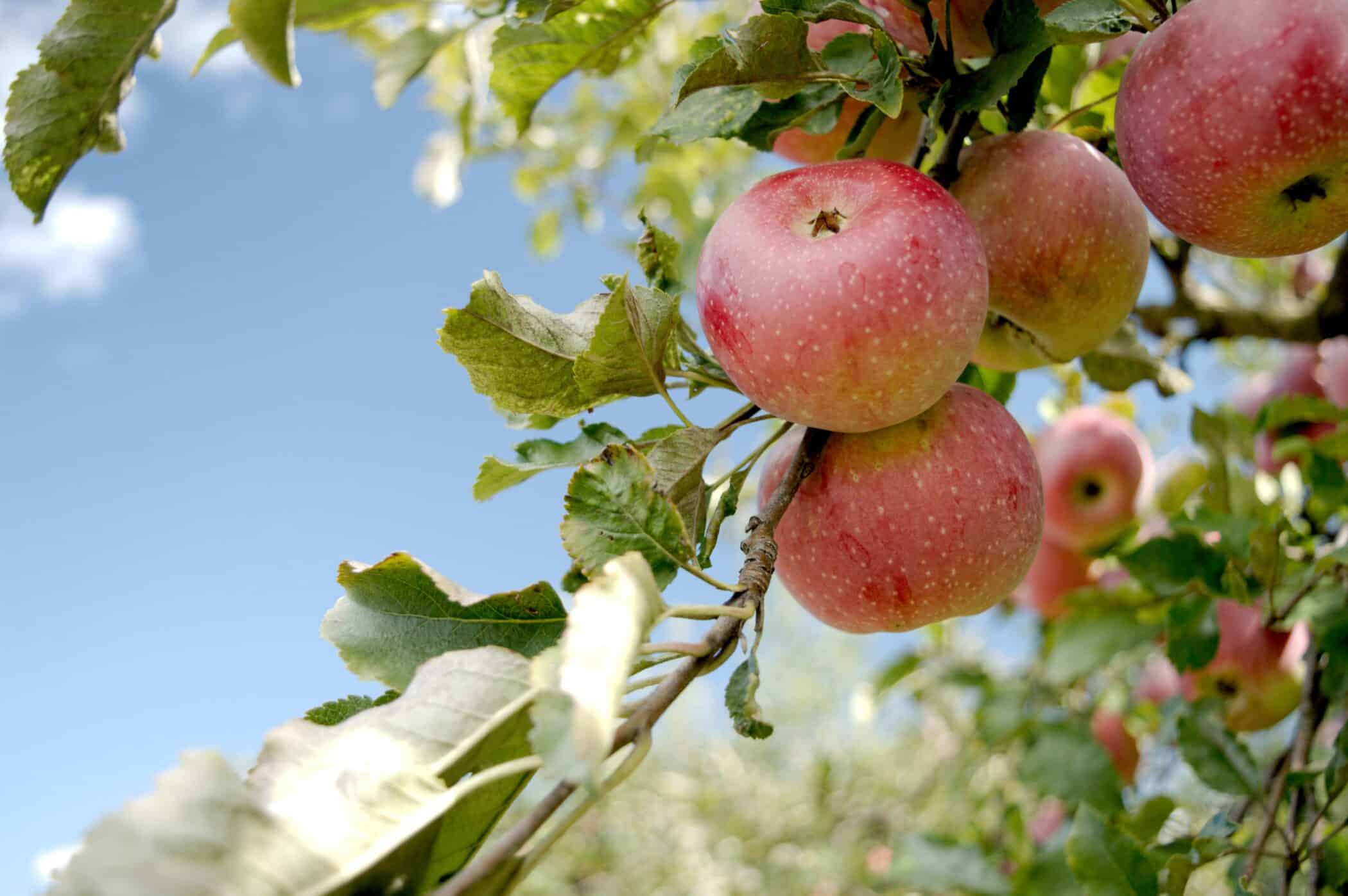
Plant Focus: Clematis
Pruning Clematis encourages strong growth for the following year, helping to maintain the overall look of the plant and also improve flowering. If left Clematis can quickly into a mess of tangled stems with clustered flowers well above eye level and bases left bare. Although there are a number of Clematis varieties, they tend to fall into three categories or ‘groups’ which are helpful indicators of when they need pruning and when they are likely to flower. All Clematis will specify which category/group they are a part of.
Pruning Group 1: This category consists of early-blooming Clematis which flower on shoots produced during previous season. Prune these in mid-late spring, after flowering and once there is no longer a risk of frost.
Pruning Group 2: This category consists of large-flowering plants that flower from May to June on shorter shoots emerging from the previous year’s growth. Prune these once in February and again after the first flush of flowers in early summer.
Pruning Group 3: This category consists of mid-to-late summer flowering varieties of Clematis on the final 60cm or so of the current year’s growth. Prune these in February to encourage new growth that will really come into its own six months or so later.
